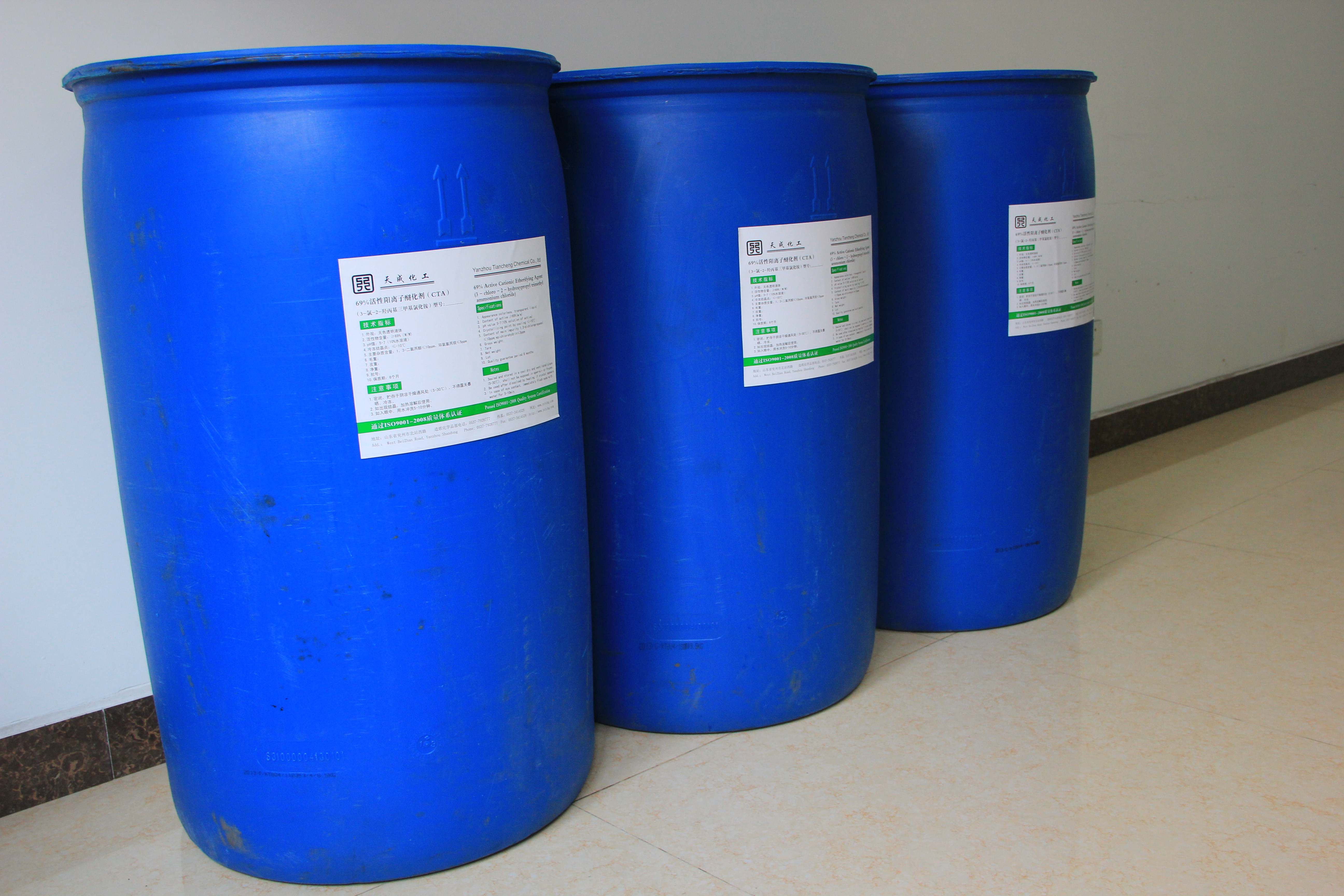In recent years, "blood shortages" have frequently occurred throughout the country, making it impossible for hospitals to perform surgery. It is generally believed that the problem lies in two aspects: First, with the continuous improvement of living standards, people's demand for medical services has become stronger and stronger, leading to blood supply to the blood bank. On the other hand, many local blood donation populations are of a single structure. Basically, they are mainly university students and migrant workers. Upon holidays, blood donors return home in a concentrated manner, and patients often gather in these cities where high-quality medical resources are gathered. The blood bank will naturally rush. .
In addition to the above reasons, the “blood shortage†has a more important issue that has been neglected by the people. It is that China’s reward system for unpaid blood donors is flawed. There are two policies for rewarding unpaid blood donors in the Blood Donation Act. First, Article 6 of the Act stipulates: Regarding blood donors, related units may give appropriate subsidies. This provision appears to have legal regulations for awarding unpaid blood donations. However, in actual practice, the wealthy units can receive large subsidies, while those without money do not pay even one cent, or send very little. This difference will undoubtedly tumble down the enthusiasm of many people for donating blood. In addition, Article 14 of the “Blood Donation Act†stipulates that: When blood donors need to use blood for clinical purposes, they are exempted from paying related expenses; when the spouse and immediate family members of unpaid blood donors need to use blood, they may also be exempted or reduced by relevant regulations. cost. This provision shows that there is nothing wrong with the care of unpaid blood donors and their relatives. But the problem is that not every blood donor and his relatives will need blood in the future. This has led some people to feel that the future blood transfusion problem is far away from the present and they are less willing to donate blood.
This defect in the reward system directly leads to fewer and fewer unpaid blood donors. How to resolve it? The first is to unify the subsidy system, or to delete it uniformly, or to make clear that non-remunerated blood donors enjoy the same standard of nutritional subsidies, and those without a unit are uniformly distributed by the government, so that unpaid blood donors are equal before the subsidy system. The second is to increase the selectivity of compensating for the free use of blood system. Unpaid blood donors can enjoy the benefits of free use of blood, and they can also translate this “free treatment†into other free medical services of a certain standard. In this way, there is no difference that someone has enjoyed free use of blood, and some people have not enjoyed free use of blood.
Also known as electronic chemical materials. Generally refers to the electronics industry uses specialized chemicals and chemical materials, that is, electronic components, printed circuit boards, industrial and consumer production and packaging of various chemicals and materials. It can be divided into substrates, photoresists, electroplating chemicals, packaging materials, high purity reagents, specialty gases, solvents, pre-cleaning dopants, flux masks, acids and etchants, electronic adhesives and auxiliary materials Other categories. Electronic chemicals with many varieties, high quality requirements, small dosage, demanding on the cleanliness of the environment, product replacement fast, large capital investment, higher value-added products, etc., these characteristics with the development of micro-processing technology more and more obvious.
Electronic chemicals, also referred to as electronic chemical materials, refer to the fine chemical materials that are used in the electronics industry. The electronic chemicals are a kind of special chemicals. As far as the properties of the production process are concerned, they belong to the fine chemical industry. In terms of product use, Belongs to the electronic material industry. According to the classification standard of China's national economy, the electronic chemicals industry belongs to "Specialized Chemical Products Manufacturing Industry" (2662); according to the "Guidelines for Industry Classification of Listed Companies" promulgated by China Securities Regulatory Commission in April 2001, it belongs to "Specialized Chemical Products Manufacturing Industry" C4360 ). They include integrated circuits and discrete device chemistries, such as chip production photoresist, ultra-clean high-purity reagents, ultra-clean high purity gas, plastic packaging materials; color TV with chemical materials, such as color phosphor, CPT Supporting the water-soluble resist, high-purity inorganic salts, organic films, etc .; chemical materials used in printed circuit boards, such as dry film resist, ink, chemical and electroplating copper plating solution and its additives, surface mount process conductive paste , Cleaning agents, liquid solder resist photoresist, adhesive patch, conductive adhesive, solder paste, pre-coated flux, clean and water-based process flux; liquid crystal display devices with chemical materials, such as liquid crystal, photoresist , Oriented films, adhesives, slurries, electrolytes, films and encapsulants, polarizers, etc .; polishing materials, ect.

Surface Active Agent Tc-1000,Surface Active Agent Tc-2000,Surface Active Agent,Electronic Chemicals
Shandong Tiancheng Chemical Co., Ltd. , https://www.akdchemical.nl